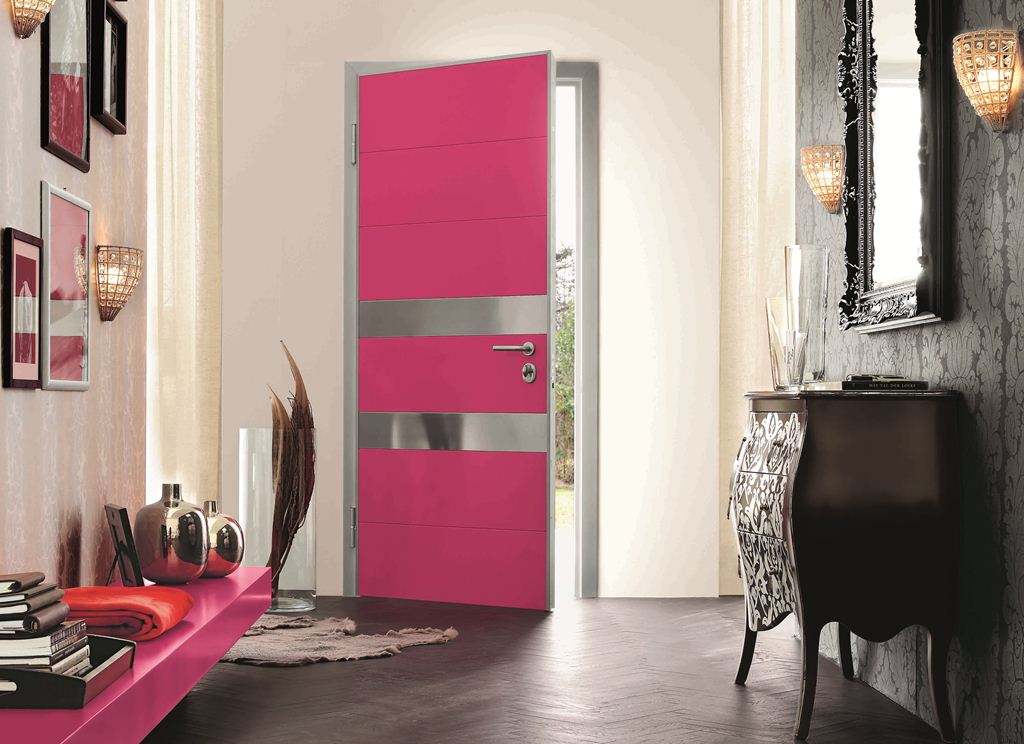Door manufacturers in Europe have long been striving to build innovative interior doors. There is a passion for constantly improving and tweaking materials and the construction process itself. New design choices are added constantly. The result is a refined product that easily outperforms other doors in both quality and visual appeal.
Let us look at a few of these points:
Door Design Choices
All the major European interior door manufacturers such as “Lebo” or “San Rafael” boast over 200 door designs each – and at least 50% of those are contemporary in nature. Combine that with more than 20 Wood Grains and you get 1000’s of possible combinations. Nobody in North America can even come close mainly due to North American doors being almost exclusively ‘Traditional” in design and that limits them.
Door Finishing – Stain and Paint
All staining and painting is done in house which reduces outsourcing costs and eliminates transportation. In-house paint facilities control finishing environment and the actual paint/stain application process.
Door Sealing Systems
Closing an interior door is simple – but keeping the light, sound and smell out is another issue. European and especially German doors feature rebated door edges and a perimeter gasket that seals the doors tight against the frame. The result is a tightly closing door panel, which greatly reduces light and sound transmission. Combine that with the lower able floor seal and you have a door that effectively blocks all smells from a Spice Kitchen, for example.
Door Locks and Handles
Another big difference between European and North American doors is the locking mechanism. Europe has Mortise Locks as their standard. That means that all interior doors have a deadbolt underneath the handle latch by default. The benefit is a door that is more secure and leaves you the option of locking up a room at any time. Bathroom locks are handled via thumb turns which are far superior to North Americas’ “Knob-Locks” that are flimsy to say the least.
Europes’ door manufacturers supply their own door handles with the door which completes the package for the customer.

Door Extras
In addition Europes’ interior doors feature additional soundproofing materials such as aluminum inlays and varying degrees of high-density wood layers. Armored steel doors are also manufactured and make sense for safe rooms or other critical areas in the house. If additional ventilation is required, this is accomplished via a series of V-shaped slots in the door panel. Door trims are always supplied with the door to ensure that trims and frame match perfectly. They are friction fitted into the frame which allows you to install them without the need for nails.
Door Installation
Interior doors are installed via Low Expansion foam around the perimeter of the frame. Together with the friction fitted trims, this eliminates the need for nails or screws. Doors are tighter and more sound-proof due to the foam’s inherent properties.
To Conclude:
Overall, we find well thought-out solutions and fresh new ideas when it comes to interior doors that are made in Europe. The benefits are plentiful and the design-appeal is not to be overlooked. Europe’s doors are in a class of their own and it is just a matter of time until the world starts reaping the benefits of superior door craftsmanship and technology.
Jony Hubert – Modern Interior Doors Vancouver
